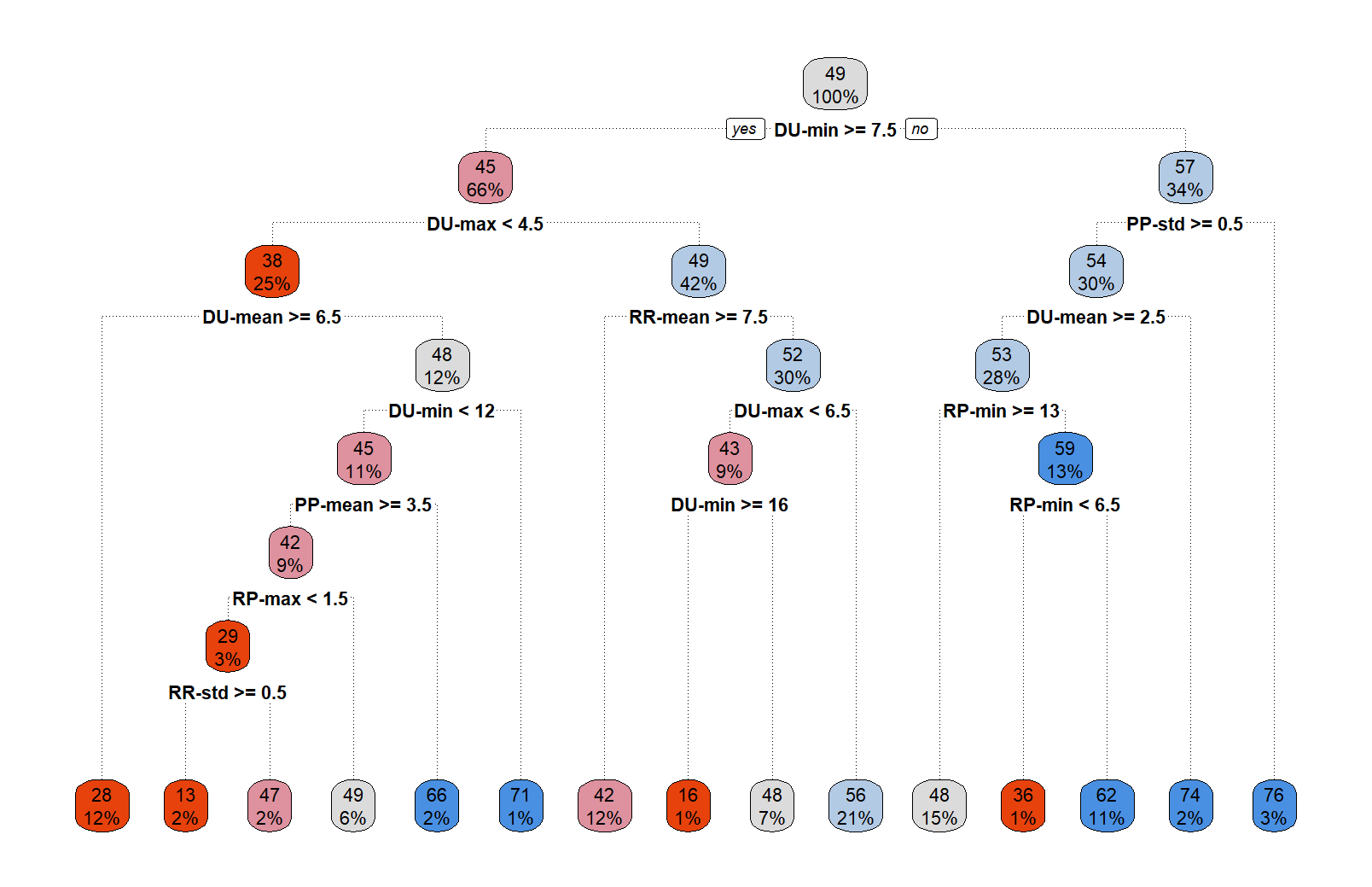Analyzing Keystroke Dynamics for User Authentication: A Comparative Study of Feature Extractions and Machine Learning Models
Keywords:
Authentication, Biometric, Feature extraction, Keystroke dynamics, Machine learning, User identification, User authenticationAbstract
Keystroke dynamics, the analysis of typing patterns, has gained considerable attention as a biometric authentication method due to its potential for non-intrusive and continuous user identification. In this research, we investigate the effectiveness of different feature extraction techniques and machine learning models in analyzing keystroke data for user authentication. The dataset used in this study consists of 50 users' attempts to enter the 11-character string 'Restaurant' seven times, with recorded timestamps for each key press and release corresponding to the initial key press. To explore the potential of keystroke dynamics for user authentication, we first extract a range of features from the dataset. These features include raw features such as key-press time and key-release time, as well as derived features such as durations, latencies, digraphs, and second-order statistical measures. We then evaluate the performance of three popular machine learning models: Decision Tree, Random Forest, and XGBoost, using these features. Our results indicate that the inclusion of first and second-order features significantly enhances the performance of the machine learning models compared to raw features alone. The Random Forest and XGBoost models demonstrate superior performance across all feature combinations, achieving high R-squared values and low root mean square error (RMSE) values. This highlights the importance of capturing both local and higher-level patterns in keystroke data for accurate user authentication.




